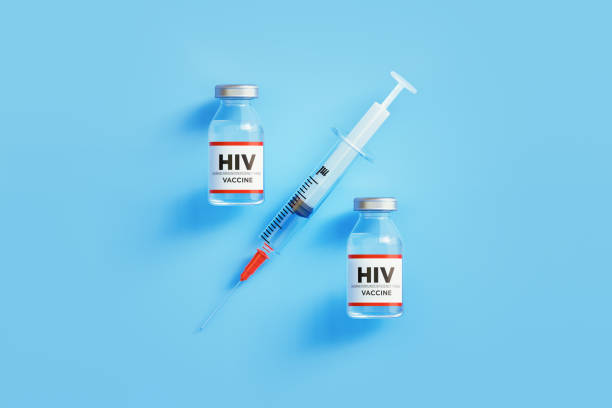
Introduction
HIV prevention has taken a groundbreaking leap forward with the introduction of the HIV prevention injection, a long-acting injectable treatment that promises to significantly reduce the risk of HIV transmission. This new approach, hailed by health professionals worldwide, offers a convenient alternative to daily oral medications, marking a major milestone in the fight against HIV/AIDS.
What is the HIV Prevention Injection?
The HIV prevention injection is a novel form of pre-exposure prophylaxis (PrEP) designed to prevent HIV infection. Unlike traditional daily oral medications, this injection requires only bi-annual administration, making it a more convenient option for individuals at high risk of HIV exposure.
The injection contains a powerful antiviral drug that works by preventing the HIV virus from entering and infecting cells. By blocking the virus’s ability to replicate, it provides long-lasting protection against HIV transmission.
One of the key benefits of the HIV prevention injection is its long-acting nature. Administered twice a year, it improves adherence to HIV prevention regimens, especially for individuals who struggle with daily pill-taking routines. Furthermore, it offers a discreet, effective option for those at risk of HIV exposure.
The introduction of the HIV prevention injection has the potential to change the landscape of HIV prevention, especially in regions with high HIV transmission rates, such as sub-Saharan Africa.
The injection could provide easier access to HIV prevention in remote areas where daily medication adherence is a challenge. It could also reduce stigma associated with HIV prevention, as individuals may prefer a more discreet, long-acting solution.
By making HIV prevention more accessible and easier to follow, this injectable treatment could significantly reduce the transmission of HIV, especially in high-risk populations.
Although the HIV prevention injection presents an exciting advancement, there are challenges in ensuring widespread access and availability.
While the drug is promising, initial supply may be limited, and distribution will need to be scaled to meet demand. Governments and organizations must collaborate to ensure adequate availability.
One challenge for many low-income countries is the cost of this new treatment. Making the HIV prevention injection affordable for those who need it most will be crucial for its widespread adoption.
The HIV prevention injection represents a significant milestone in the fight against HIV/AIDS. Its potential to reduce transmission rates and improve adherence to prevention regimens offers hope for a future where HIV is less of a global threat. As this treatment becomes more accessible, it will undoubtedly play a central role in ending the HIV epidemic.
Cape Town | South Africa